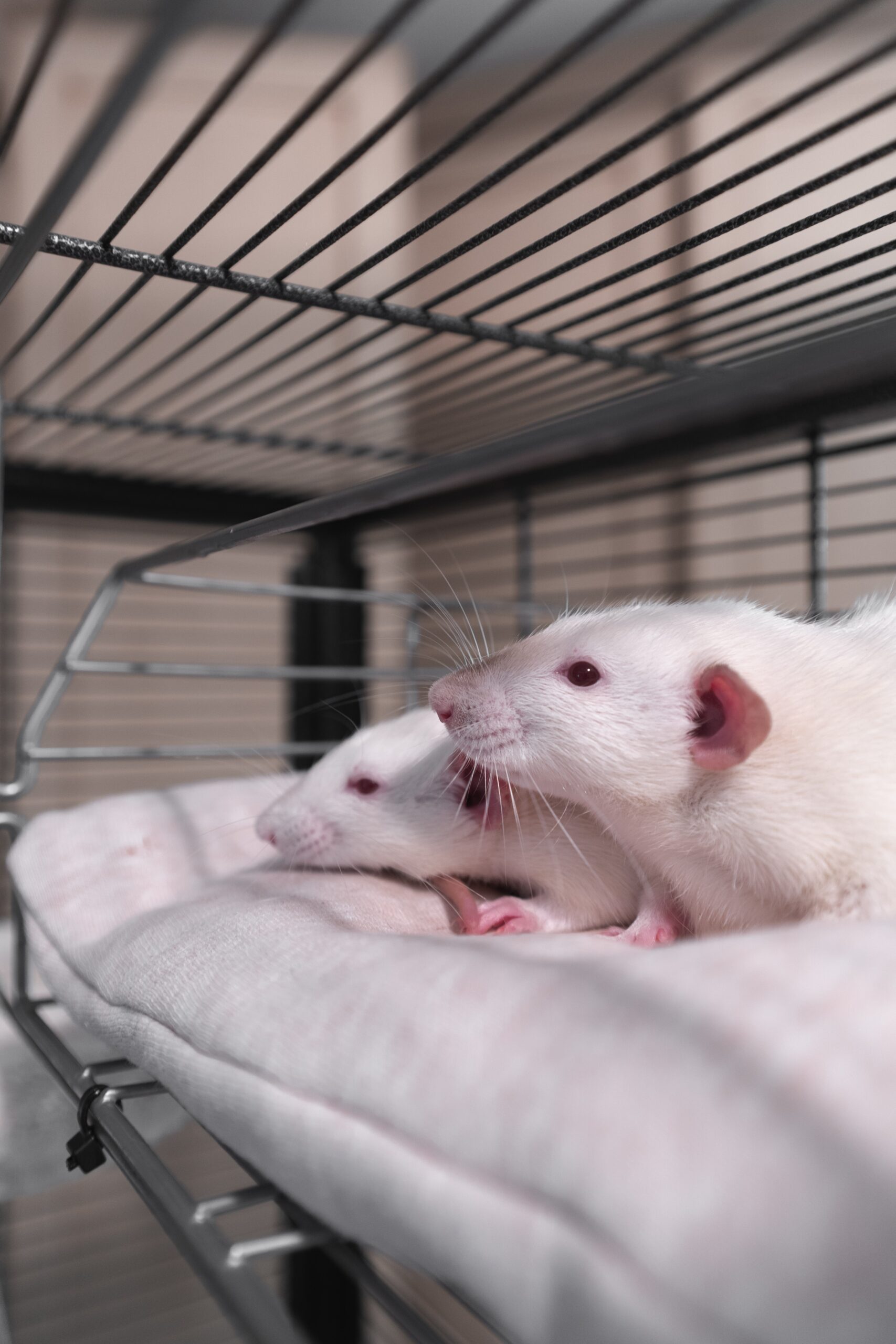If someone were to come up to you and ask “what is your writing process?”, you likely would not answer accurately. Now, this isn’t to say that we would intentionally deceive the person asking the question. The truth of the matter is that as much as we’d like to believe we’re being honest, there are going to be aspects we miss, things that happen subconsciously that we won’t know to mention. Because of this, one of the ways that researchers have taken to studying the processes writers use as they work is having the writer themself dictate their real time thoughts as they write. This is know as the “Think-Aloud Protocol”. Carol Berkenkotter used a variation on this method while studying her subject, Donald M. Murray.
Berkenkotter’s study of Murray lasted for several months, and was conducted in three stages. During each stage, she provided him with writing tasks, changing variables such as the location of the study and the time in which the given task was expected to be completed. Whether it be through in person observation or recorded audio logs and photocopied notes, Murray was thinking aloud as he completed each task.
Murray himself admitted that parts of participating in this study were harrowing. The method used during the one hour protocol stage caused him to feel pressured, desperate to please. He found that he was quite introspective as he wrote, as well as when he would step away from his work, as this allowed him to come back with new ideas. To describe this particular phenomenon, he used the term “bathroom epiphanies”. He was surprised to learn through this study that much of his writing process is spent planning out what he is going to write. From jotted down notes and revisions to time spent incubating ideas, much more of his process seemed to involve thinking rather than actually writing.
Before this study, Murray’s answer to the question “what is your writing process?” would have been incomplete. Because of Berkenkotter’s methods, he now has a better understanding of how he works.





Leave a Reply